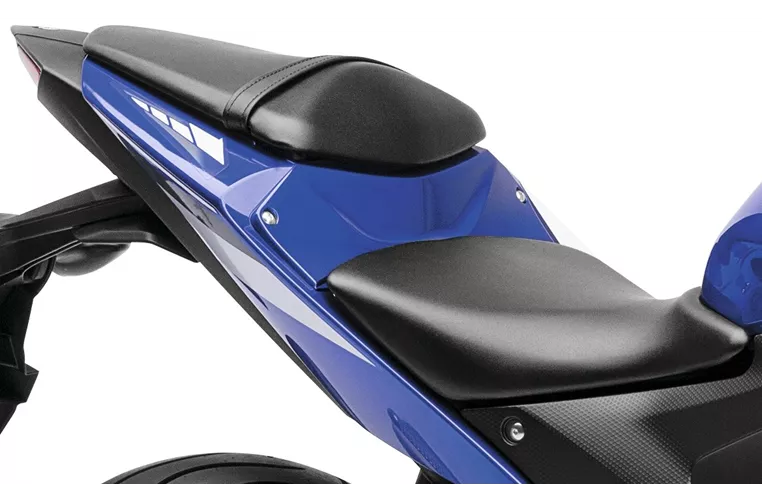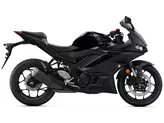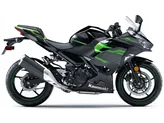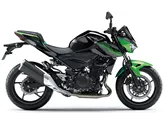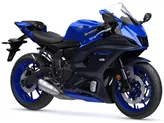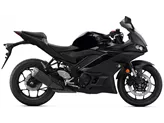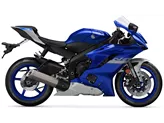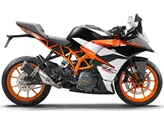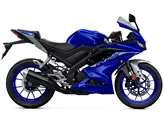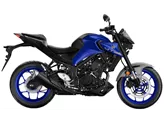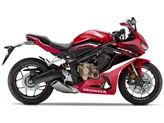Yamaha R3 2015 vs. Kawasaki Ninja 400 2018
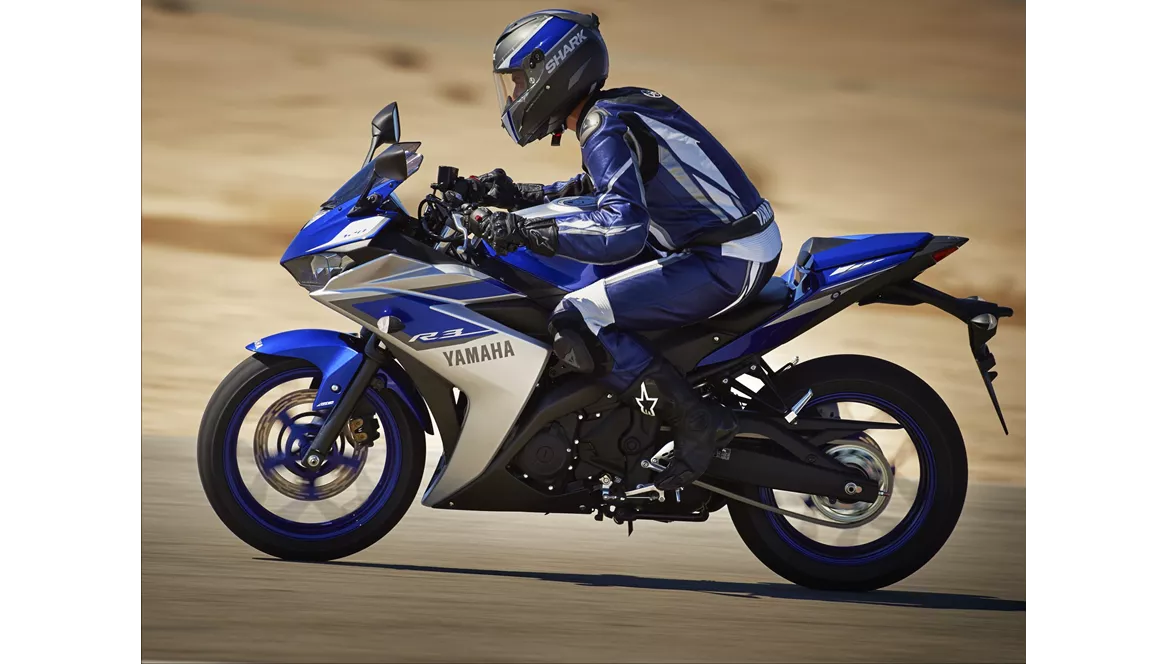
Yamaha R3 2015
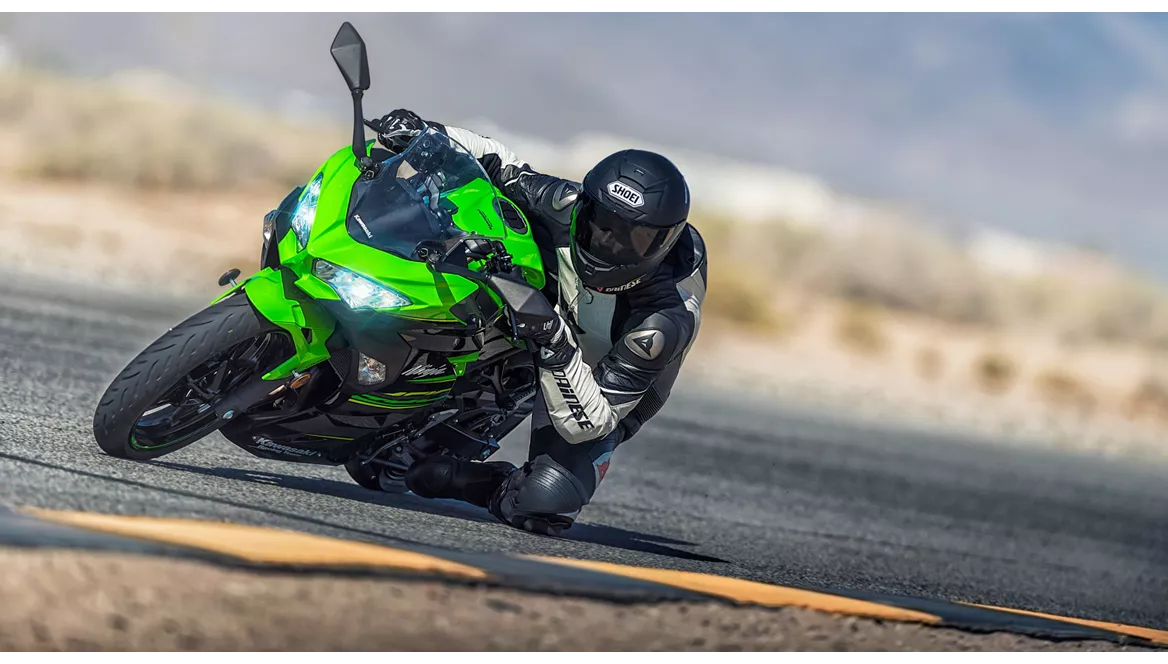
Kawasaki Ninja 400 2018
Visão geral - Yamaha R3 2015 vs Kawasaki Ninja 400 2018
When comparing the Yamaha YZF-R3 2015 and the Kawasaki Ninja 400 2018, there are several key differences to consider. Starting with the technical specifications, the Yamaha YZF-R3 has a bore of 68 mm and a stroke of 44.1 mm, while the Kawasaki Ninja 400 has a bore of 70 mm and a stroke of 51.8 mm. This means that the Kawasaki Ninja 400 has a slightly larger displacement of 399cc compared to the Yamaha YZF-R3's 321cc engine. In terms of power, the Kawasaki Ninja 400 has a slight advantage with 45 HP compared to the Yamaha YZF-R3's 42 HP. The torque is also higher on the Kawasaki Ninja 400 with 38 Nm compared to the Yamaha YZF-R3's 29.6 Nm. Both bikes have a 2-cylinder engine with 4 valves per cylinder and a compression ratio of 11.2 for the Yamaha YZF-R3 and 11.5 for the Kawasaki Ninja 400.
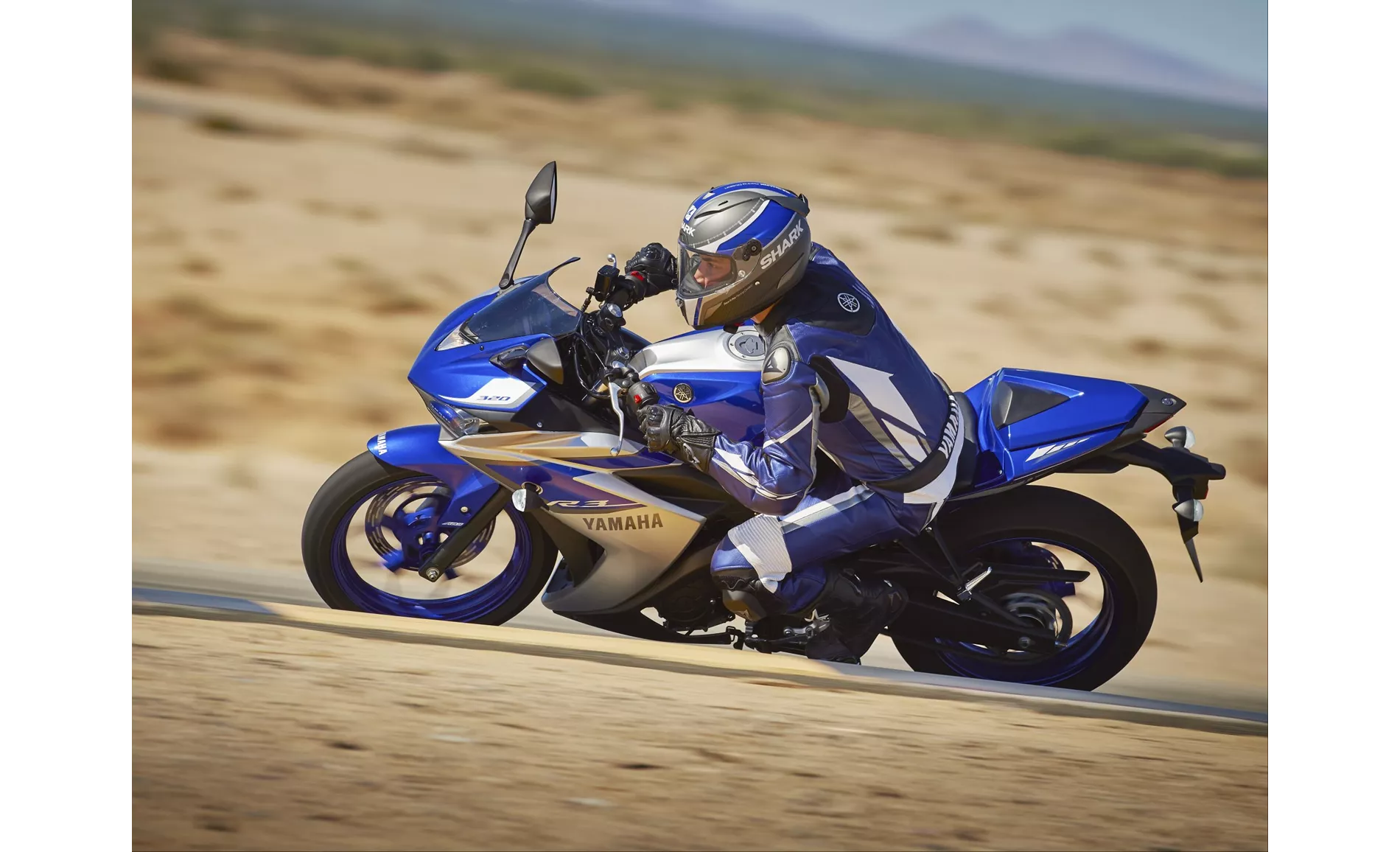
Yamaha R3 2015
Moving on to the chassis, the Yamaha YZF-R3 has a tubular frame, while the Kawasaki Ninja 400 has a tubular frame as well. Both bikes have a single disc front brake and come equipped with ABS for advanced rider assistance. In terms of dimensions and weights, the Yamaha YZF-R3 has a front tire width of 110 mm and a rear tire width of 140 mm, while the Kawasaki Ninja 400 has a front tire width of 110 mm and a rear tire width of 150 mm. Both bikes have a 17-inch diameter for the front and rear tires. The Yamaha YZF-R3 has a wheelbase of 1380 mm and a seat height of 780 mm, while the Kawasaki Ninja 400 has a wheelbase of 1370 mm and a seat height of 785 mm. The weight of the Yamaha YZF-R3 with ABS is 169 kg, while the Kawasaki Ninja 400 with ABS weighs slightly less at 168 kg. Both bikes have a fuel tank capacity of 14 liters.
Now let's consider the strengths and weaknesses of each bike. The Yamaha YZF-R3 2015 is praised for its precise and transparent front end, strong brakes, lively engine, sensational top speed, and relaxed geometry. However, some parts of the bike are considered unattractive and the price is relatively high. On the other hand, the Kawasaki Ninja 400 2018 is praised for its chassis that is suitable for sporty riding, lightweight and effortless handling, smooth engine response, relaxed seating position that increases confidence, and LED headlights. However, it has some weaknesses such as non-adjustable brake and clutch levers and excessive wind noise with the stock windshield for riders over 180 cm tall.

Kawasaki Ninja 400 2018
In conclusion, the Yamaha YZF-R3 2015 and the Kawasaki Ninja 400 2018 are both capable supersport bikes with their own strengths and weaknesses. The Yamaha YZF-R3 offers a precise and lively riding experience, while the Kawasaki Ninja 400 provides a sporty yet comfortable ride. Ultimately, the choice between the two will depend on the rider's preferences and priorities.
Especificações técnicas Yamaha R3 2015 em comparação com Kawasaki Ninja 400 2018
Prós e contras em comparação
Prós e contras em comparação
Yamaha R3 2015
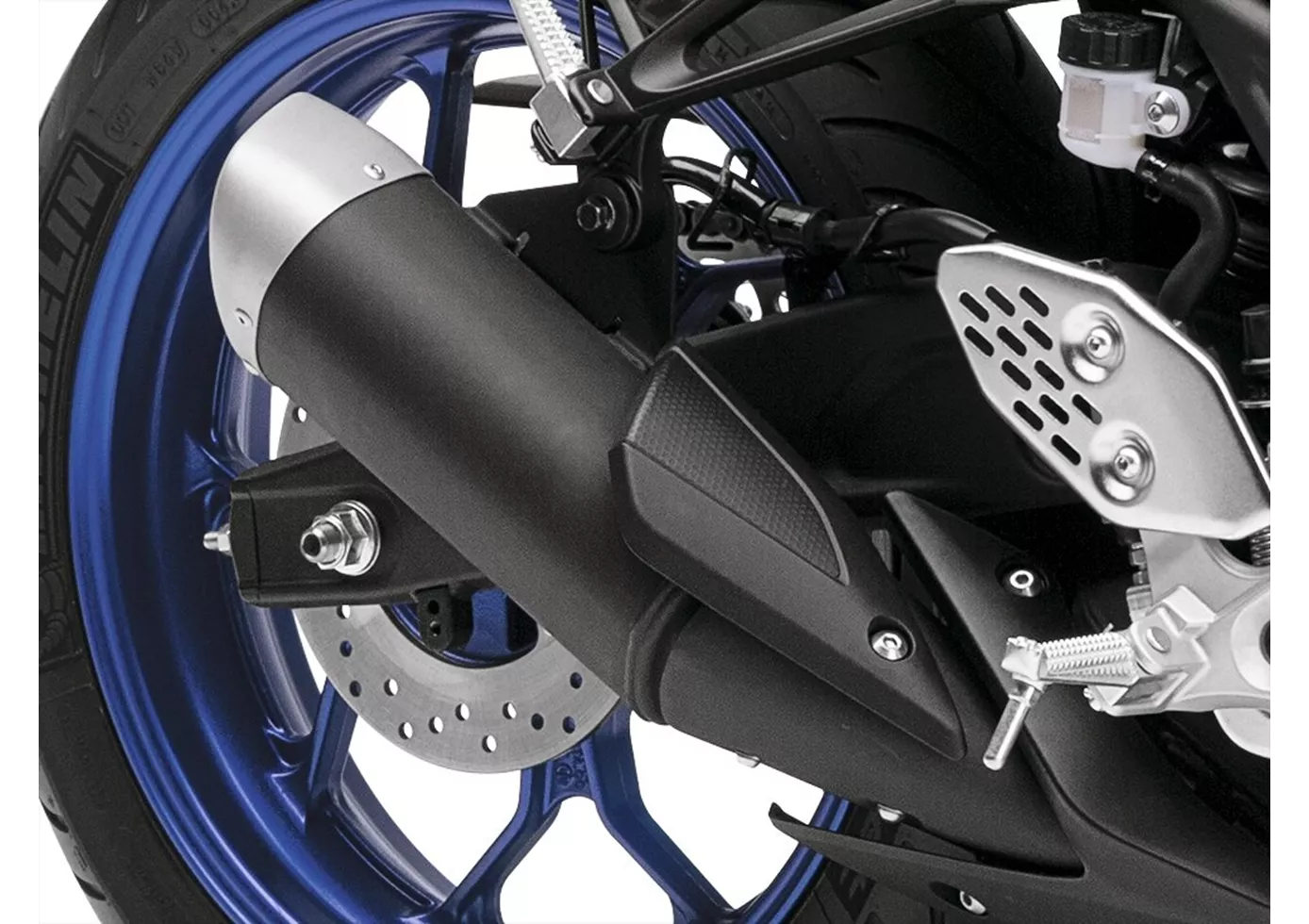
A Yamaha vê a sua R3 mais em linha com a igualmente versátil Kawasaki Ninja 300, mas o preço é ainda mais elevado do que o da KTM390. Isto faz com que a YZF-R3 seja um produto premium, o que é uma decisão arrojada nesta classe. Mas o pacote global oferece o valor correspondente: motor desportivo, chassis estável, travões fortes, velocidade máxima sensacional. A comparação direta mostrará quem tem realmente a vantagem. Em todo o caso, a R3 é uma forte candidata ao primeiro lugar.
Kawasaki Ninja 400 2018

Em resumo, a Ninja 400 pode ser descrita como a entrada perfeita no mundo das superdesportivas. Não é possível obter mais potência com a A2, o aspeto sugere muito mais potência, o veículo é divertido de conduzir, é indulgente em todos os aspectos e ainda permite um estilo de condução verdadeiramente desportivo. Aqueles que tinham preocupações legítimas sobre a falta de potência nas várias máquinas de 250 cúbicos agora não têm mais desculpas. Ninja 400, é bom ter-te connosco!
Comparação de preços Preço médio de mercado Yamaha R3 vs Kawasaki Ninja 400
There are a few key differences between a Yamaha YZF-R3 2015 and a Kawasaki Ninja 400 2018. It takes less time to sell a Kawasaki Ninja 400 with 105 days compared to 110 days for the Yamaha YZF-R3. Since model year 2015 1000PS.de editors have written 11 reviews for the Yamaha YZF-R3 and 9 reviews for the Kawasaki Ninja 400 since model year 2018. The first review for the Yamaha YZF-R3 was published on 17/10/2014 and now has more than 53.600 views. This compares to more than 44.300 views for the first review on Kawasaki Ninja 400 published on 22/11/2017.
